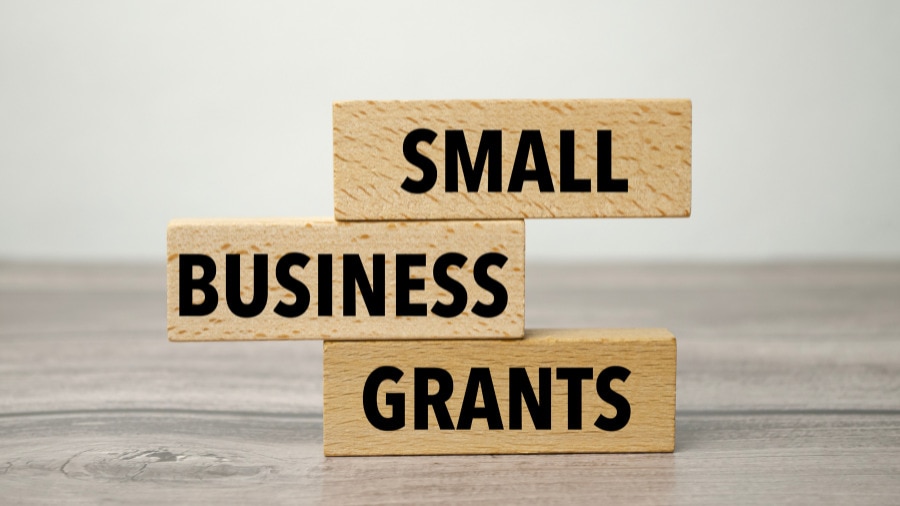In 2011, Canada embraced the International Financial Reporting Standards, and in July 2018, the country plans to legalize cannabis. On their own, both of these shifts are arguably positive, but together, there are some complications. If you handle the books for any cannabis companies or advise investors who’re thinking about putting money in cannabis stocks, you should understand the interplay between the IFRS and the cannabis industry.

Profits Up in Smoke? Challenges in Applying IFRS to Canada’s New Cannabis Industry
IFRS and the Cannabis Industry
Under IFRS rules, cannabis companies have to put a value on their cannabis plants when they’re still in the ground, and this affects the value of the company on paper. This accounting practice comes directly from the agriculture industry, but it’s similar to how retail companies include the value of their inventory when calculating the worth of their company.
Valuing Cannabis Plants
To value their cannabis plants, growers use the “biological asset” rules from the IFRS. They take the fair market value of the cannabis minus their projected sales costs. Then, they report the difference as income. To explain, imagine a cannabis company believes its crops are worth $1 million, but it anticipates spending $700,000 to process, distribute, and sell the cannabis. Based on IFRS rules, this company reports $300,000 in income.
But the problem is the plants are still in the ground. They could perish in a drought, drown in a rain storm, be eaten by bugs, or face other perilous situations. If that happens, a company that looked profitable on paper could quickly lose all its value. Those risks are present in every agricultural sector, but with cannabis, because it’s such a new industry, there are often inconsistencies in the way that cannabis produces arrive at the fair market value of their crops. And if that’s not enough, there are even more challenges.
Challenges Unique to the Cannabis Industry
Legalization is new. As of May 2018, the government plans to legalize cannabis by July 2018. But that’s still just a theoretical date. Logistical roadblocks and resistance from anti-cannabis politicians may delay legalization. Even if legalization goes through smoothly, the cannabis retail sector needs time to get set up, and analysts expect that to take at least a few months. All of these issues could prevent the cannabis that’s currently growing from being sold and turned into actual profits.
Investors Beware
Cannabis producers are not the only ones that may be affected by the IFRS reporting requirements. This also affects investors. Most investors aren’t that aware of how IFRS works. If they look at the numbers for a cannabis company, they may see the profits on paper, and want to jump in and invest. But what happens if those profits go up in smoke? With the implicit challenges facing this sector, investors may find themselves holding onto worthless stocks.
Which is why some accountants are working with cannabis produces to arrive at consistent non-IFRS valuation metrics to assist people who are thinking about investing in this up-and-coming industry. Investors would also be wise to look at each company’s Management Discussion and Analysis document. This document fleshes out concerns that aren’t covered in the accounting statements of the company. In particular, cannabis producers such as Canopy Growth Corp., Aphria Inc., and Aurora Cannabis Inc. use this document to explain how IFRS requirements may make their companies look more profitable than reality.
If you work with cannabis clients, you may want to make sure they understand how IFRS affects them. Similarly, if you work with investors, you may also want to help them understand this intersection. That said, you don’t necessarily want to talk anyone out of investing in cannabis. This is a product that’s been selling itself without advertising for well over a hundred years, and if you look at places that have already legalized recreational cannabis, it certainly helps to boost sales and adult consumption.


